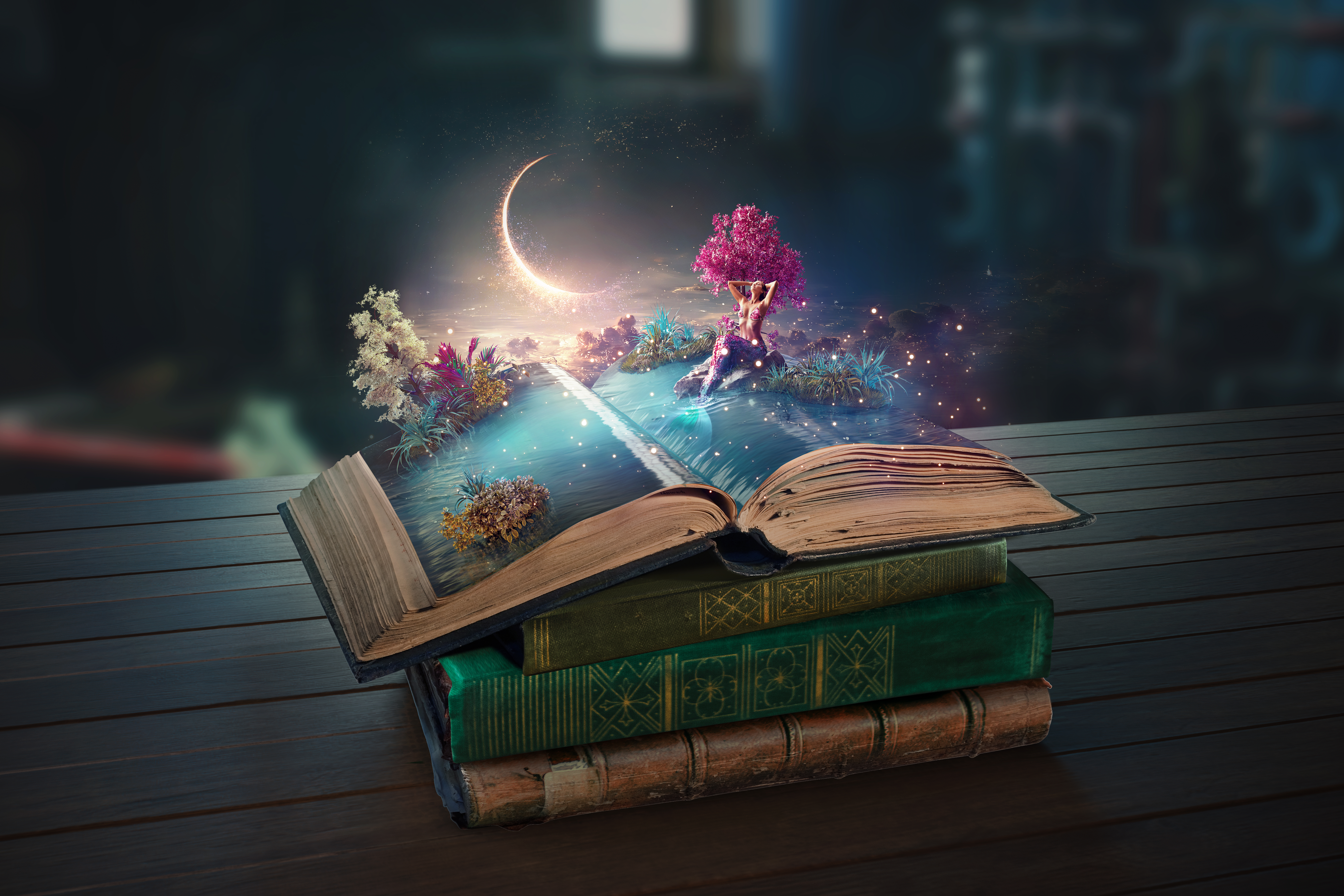What Are Poetic Devices & How to Use Them Effectively?
by WriteSeen
Poetic devices are the creative strategies that writers use to add depth, emotion, and vivid imagery to their work.
Think of them as essential tools for transforming ordinary language into something extraordinary. From metaphor to alliteration, these techniques help captivate audiences and bring prose, poetry, and other forms of creative expression to life. This article will explore how these devices can enrich your storytelling and heighten reader engagement.
Understanding Poetic Devices
Poetic devices are your creative allies. They take your ideas and elevate them into sensations that readers can feel. By mastering these tools, you set the stage for deeper connections with your audience, creating a ripple effect of impact and emotion. From the twist of a metaphor to the subtle beat of alliteration, each device has the potential to transform simple words into evocative images.
Why You Should Care
- Depth and Meaning: Poetic devices add layers to your writing, ensuring that your message resonates on multiple levels.
- Reader Engagement: Enhance your ability to draw readers in and hold their attention with vivid images and captivating sound patterns.
- Emotional Impact: Forge emotional connections by using language that doesn't just speak, but sings.
When you use poetic devices effectively, you sculpt your narrative into something memorable. They are not just about adding spice; they bring clarity and depth to your work. For those on our platform, these tools are invaluable in crafting pieces that stand out when networking with industry professionals. They give your work the edge needed to capture attention and spark interest.

Types of Poetic Devices
The world of poetic devices is vast and varied. They fall mainly into three categories: sound devices, figurative language, and structural elements. Each brings its own flair to your creative expression, contributing to an intricate tapestry of sound, imagery, and form.
The Three Core Types
- Sound Devices: Harness the power of sound to create music within your words. Alliteration, assonance, and consonance add rhythm and mood, enhancing your message.
- Figurative Language: This is where your imagination shines, with metaphors, similes, and symbolism transforming ordinary statements into extraordinary insights.
- Structural Elements: This involves the architecture of your work—rhyme schemes, meter, and stanza forms—all playing a role in guiding the reader’s journey.
As creators—each element in your toolkit serves a unique purpose, enabling you to manipulate language to suit your narrative goals. Our platform supports you in mastering these techniques by providing ample opportunities for feedback and collaboration with peers who value the nuances of creative writing. In this way, you consistently refine your craft until your poetic devices feel like second nature.
The Importance of Sound in Poetry
Sound devices introduce a symphony of tones and rhythms to your work. They possess the unique ability to transform plain text into a lively melody that can be felt as much as it is read. The emotional cadence set by these devices heightens the reader's experience, leaving an indelible impression.
How Sound Shapes Poetry
- Alliteration: Catchy and rhythmic, alliteration draws attention to a specific section, making it memorable.
- Assonance and Consonance: These harmonic tools smooth the passage of reading, creating a fluid and engaging pace.
- Onomatopoeia: Bridging sound and sense, it immediately positions the reader within the world of the poem.
Implementing sound devices isn't just about creating a pleasant reading experience—it’s strategic. They ensure that your writing is both heard and felt, compelling readers to connect on an auditory level. This transformation of text into aural art forms the core of poetic engagement, a technique many of our creators use to stand out in presentations and publications.

Figurative Language: Elevating Imagery
Figurative language is the art of painting pictures with words. It provides a way to convey complex ideas with simplicity and elegance. This type of language draws readers into a narrative, allowing them to experience abstract concepts as tangible events. By engaging the imagination, you invite the audience to participate in the story, making it personal and impactful.
Key Elements of Figurative Language
- Metaphors and Similes: Create relatable connections by highlighting similarities between disparate concepts.
- Imagery: Dive deeper into the senses, transporting readers to another place and time.
- Symbolism: Infuse your work with deeper meanings that extend beyond the immediate context.
These devices are essential in building narratives that are not only vivid but also emotionally resonant. They link abstract ideas with relatable imagery, ensuring readers stay connected to your message. By embracing these techniques within our writing community, you enhance both the quality and accessibility of your work, opening doors to new creative possibilities and potential professional recognition.
Structure and Form: The Backbone of Poetry
Let's talk about what holds poetry together. Structure and form frame your creativity, giving it a shape and rhythm. They are the bones on which you build your poetic vision. Structure guides readers, leading them through your work with intention and clarity. It impacts how your poem unfolds, affecting everything from breath to emotion.
Understanding Poetic Structure
-
Rhyme Schemes: They define the musicality of your poem. Aligns readers with your rhythm, whether you're building suspense with a tight ABAB pattern or embracing freedom in a free verse.
-
Meter: This is the heartbeat of poetry. Whether it's the steady rhythm of iambic pentameter or the breezy three-beat of trimeter, meter sets the tempo. It dictates how a poem is experienced, shifting the mood with each line's ebb and flow.
-
Stanzas: Consider these the paragraph breaks of poetry. Stanzas allow you to pace the poem, introduce shifts, and build momentum. Each section serves a new purpose, similar to how you might change scenes in a narrative.
On our platform, we see creators explore these structures to find their voice. Whether you're a newcomer testing the waters of haikus or an experienced poet pushing the limits of traditional forms, figuring out your structure is key to mastering storytelling.

The Role of Poetic Devices in Creative Writing
Poetic devices don't just belong in poetry. They are invaluable across all forms of creative writing. Wondering how? These tools add layers, revealing the art beneath the story and deepening your audience's engagement.
Creative Writing and Poetic Techniques
-
Narrative Depth: Metaphors and similes allow you to convey complex emotions in prose with ease. They breathe life into your stories, connecting readers to your characters in profound ways.
-
Enhanced Descriptions: Through imagery and symbolism, writers can transform mundane settings into vivid landscapes. These devices enable readers to step into your world and experience it fully.
-
Emotional Intensity: Personification and irony can tweak the emotional pull of a scene, leaving a lasting impact. Your readers won't just understand—they'll feel.
By integrating these techniques, you not only elevate the quality of your work but also captivate your audience. Our community thrives on this approach, sharing insights and feedback to push each other's creativity to the next level.
Exploring Examples: Poetic Devices in Action
Examples speak volumes, especially when illustrating how poetic devices can transform writing. Let's explore how renowned poets have harnessed these tools to craft unforgettable pieces that resonate across time.
Iconic Uses of Poetic Devices
-
Shakespeare’s Metaphors: His use of metaphor remains unparalleled. Whether in sonnets or plays, Shakespeare uses these to reflect deep human truths that captivate audiences time and again.
-
Dickinson’s Enjambment: Emily Dickinson mastered the art of enjambment, allowing her poems to flow seamlessly—a balancing act between thought and emotion.
-
Frost’s Symbolism: Robert Frost’s use of nature as a symbol unearthed universal themes of life and decision-making. Each symbol served as a gateway to deeper interpretation.
These examples invite us to view poetic devices as more than just literary tools. They're bridges that connect the message to the reader. Within our space, creators can draw inspiration, analyze these techniques, and apply them within their own works, receiving feedback that elevates their craft further.
Poetic devices are the keys to ushering readers into new worlds and experiences.
Conclusion: Embrace the Power of Poetic Devices
As we've explored, poetic devices unlock doors to deep engagement and emotional depth in writing, whether through sound, structure, or vivid imagery. These aren't mere embellishments. They're essential building blocks that shape and transform creative expression. We invite you to experiment with these techniques, harness the power they offer, and see where they take your work. Your journey into this realm is just the beginning—embrace it boldly. Your voice deserves to be heard.